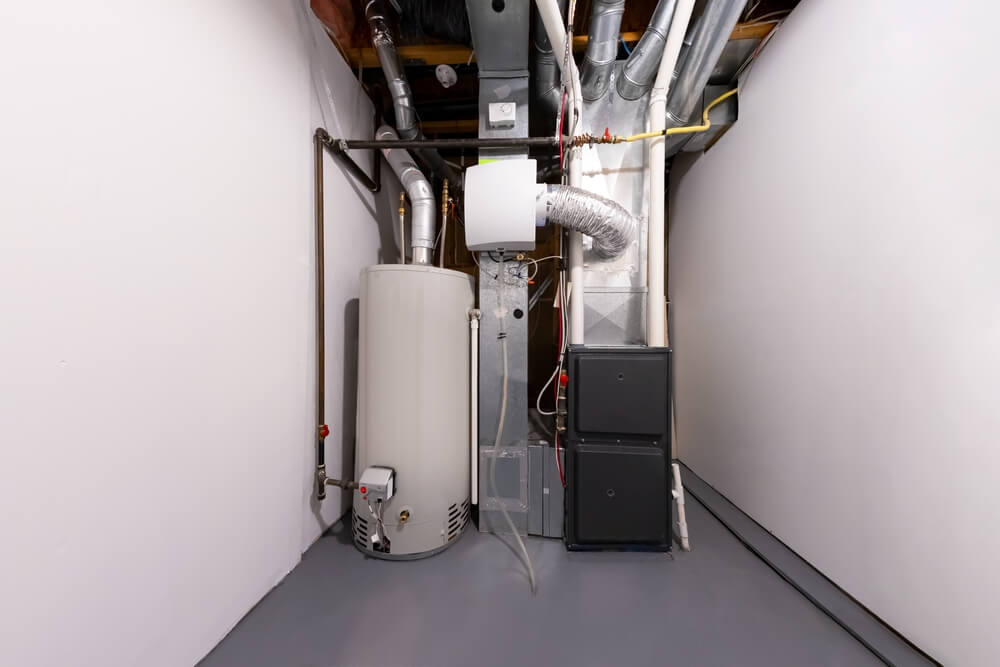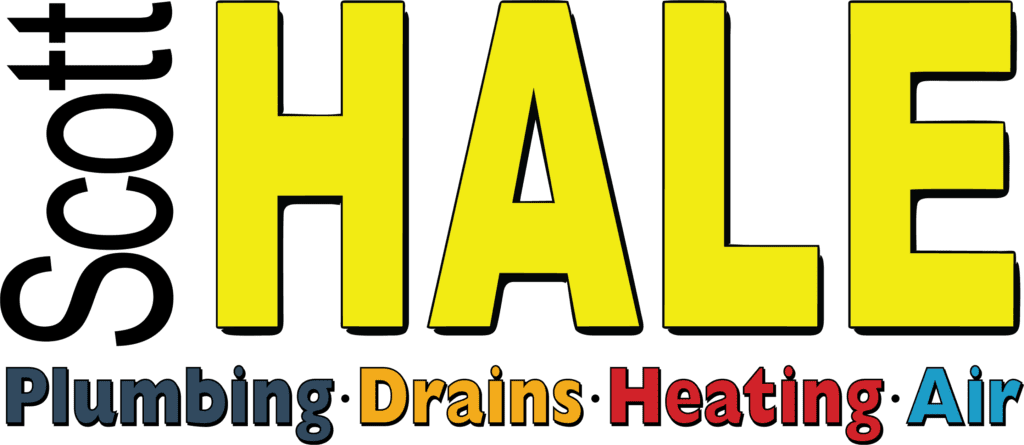3 Signs Your Heating System Is Too Small
The cold, bitter winters can leave you feeling less than comfortable in your own home and having to raise the thermostat constantly, but have you ever considered that the problem might be the size of your heating system? Many homeowners are unaware if they have the best-fit heating system for their home or if it’s even sized correctly.
There can be many signs that your heating system is too small for your home. Knowing these signs will help you identify if you need to upgrade your heating system.

1. Long Heating Cycles
Some might think that the furnace constantly running is a good sign. However, it’s actually a sign that your heating system is working overtime. A properly sized furnace runs on cycles and only kicks on when needed.
An undersized furnace is fighting to keep your house at the desired temperature and winds up staying on longer than an appropriately sized system. Not only is this wasting your energy, but it’s also putting more wear and tear on the system—leading to more repairs and a shortened lifespan.
2. Struggles to Reach Thermostat Settings
A house that is equipped with a furnace that can’t keep the desired temperature is probably a home that has an incorrect furnace size. Simply put, it’s just too small to get the job done, leaving you with a constant chill and a never-warm-enough home. You can continue to raise the temperature, but until your furnace is the proper size, it won’t be able to keep up.
3. Increased Utility Bills
If you are noticing a drastic increase in your energy bill each winter, your furnace is probably to blame. Because your furnace is always running to keep up with the temperature, overly strained parts may fail early, which can lead to drastic energy inefficiencies. A smaller-than-needed system can lead to a ton of energy waste and a larger-than-normal bill.
4. Inconsistent Heating
Certain areas of your home may consistently feel colder, and you may notice drafts, especially near windows and doors. This indicates that the heating system is not providing sufficient warmth throughout the entire space.
To compensate for the drafts, your furnace will work harder than necessary, which will ultimately lead to increased wear and tear on its components and potentially a shorter lifespan.
5. Unusual Noises
An undersized heating system may make unusual noises, such as banging, clanking, or rattling, as it works harder than it should to meet heating demands. A grinding or scraping sound is also cause for concern because it usually stems from dry bearings within the furnace blower motor.
A correctly sized and efficient heating system is essential for maintaining comfort, energy efficiency, and overall system longevity.
What Size Furnace Do I Need?
Determining the right size furnace for your home involves considering various factors to ensure that it meets the heating demands effectively and efficiently. Here are some key steps to help you determine the appropriate size for a furnace:
- Perform a Manual J Load Calculation: This calculation considers various factors such as the size and layout of your home, insulation levels, windows, doors, and local climate conditions. It provides a precise estimate of the heating load your home requires.
- Consider Ceiling Height: Homes with higher ceilings may require a larger furnace to compensate for the increased volume of air in the home.
- Consider Local Climate: The climate of where you live is a critical factor in choosing the right-sized furnace. Colder climates with harsher winters require more heating capacity.
- Contemplate Zoned Heating: If your home has multiple rooms or if certain rooms have specific heating requirements, these factors should be considered when sizing the furnace. A zoned heating system allows for the modification of each room’s temperature.
- Consider Insulation of the Home: The quality and level of insulation in your home are significant in deciding what size furnace you need. Well-insulated homes require less heating capacity than poorly insulated ones. Inspect the insulation in walls, ceilings, and around doors and windows.
Choosing the correct furnace size for your home is essential to your and your family’s comfort, especially during cold days. Dealing with an undersized furnace can lead to inadequate heating, while an oversized furnace can lead to short cycling and decreased efficiency. To receive the most efficient heating possible, it’s essential to take the necessary steps to size your furnace properly.
Investing in a new heating system that correctly fits your home can help keep your home warm and save you money in the long run. When it comes to updating your heating system, Scott Hale Plumbing, Heating & Air is the dependable choice in the Salt Lake City area. Contact us today!

